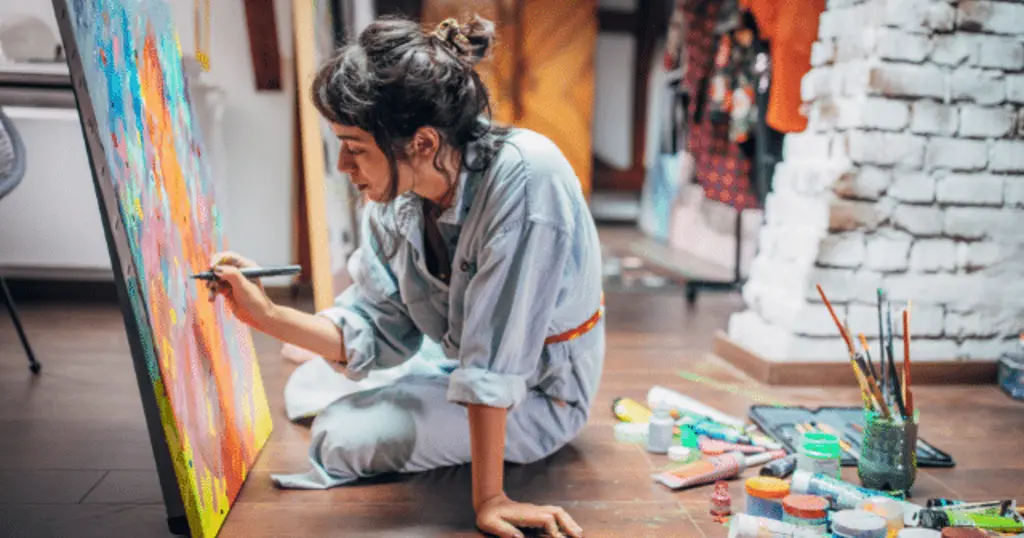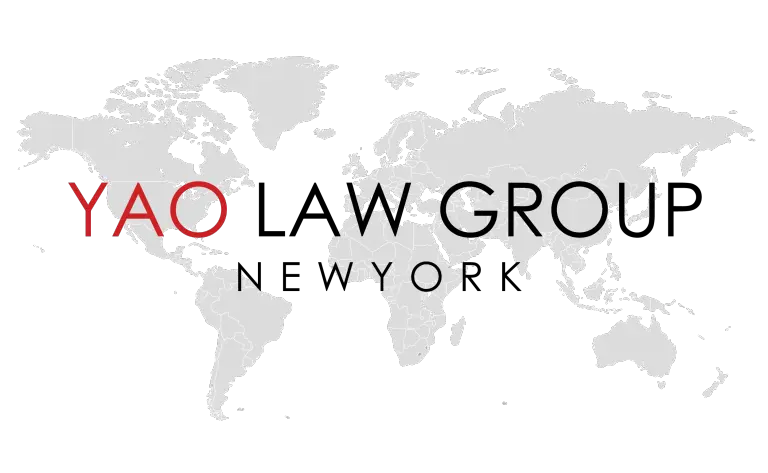The starving artist is a deep-rooted and somewhat dated mentality. Artists may believe that this mentality is needed to really appreciate and romanticize our craft. However, as the cost of living continues to rise across the globe, that mentality isn’t always sustainable and monetization becomes increasingly imperative.
So, how do art and business collaboration go hand in hand?
Collaboration
An easy way to think about the business of collaboration is to reflect on the fashion industry. At a fashion shoot there are designers, models, visual artists, photographers, and more. A photoshoot takes many artists and leads to a culture of collaboration. Such collaboration is not limited to fashion and it is up to oneself to find that synergy within their own industry. Finding how to successfully collaborate, network, and meet other like-minded individuals is key.
Collaboration isn’t just for monetary gain, being around others in the industry will invigorate oneself with that creative energy needed to spark ideas and create masterpieces. Sure, there were many famous artists that worked on their own like Van Gogh or JD Salinger but in today’s world, where access to each other is instantaneous, collaboration and crossing industries is easier than ever.
Crossing industries
A Tejano singer, Selena, was the lead singer of her band but she loved fashion. Eventually she started designing her on-stage clothes and became solidified in the fashion industry. Leveraging your current position to break into other industries is not far fetched or unheard of. In fact many artists do this or strive to do this in order to expand their reach and expertise.
An easy way to think about this is artists that teach others. For example a photographer may want to teach a beginner class in order to gauge new interest for their network or community. It’s important to realize that as an artist, there’s no limit to what you can do. Collaboration, networking, and exposure are all part of the business of the arts.
When watching a TV show, some may notice that there is art in the background, on the walls, in a house, maybe even on a t-shirt. Someone makes this art and has the sense to get their art in front of the camera. Taking the time to think outside the box, in not just an artistic way but also in a business sense, can get that artwork out there and give an artist exposure.
Monetizing art is a loaded topic and comes with a headache of laws and regulations.

Regulation
There are trademarks and copyrights in the IP sphere, there are artist visas in the immigration sphere, and there are art laws themselves such as agency agreements, consignment agreements and other contracts. These contracts govern the sale of artwork within a gallery or a venue.
There are even new laws and regulations popping up such as artist resale rights, which may entitle the artist to compensation anytime the piece is resold. However, getting to this point requires a shift.
Shift The Narrative
To effectively participate in the business of the arts, two things must be done, the first is to shift the mindset. Submitting to the starving artist mentality, however romantic it may be, is detrimental to the artist as a business.
The second step is to figure out different venues or avenues to be able to monetize, this includes crossing industry lines. Having a goal to collaborate, build, and monetize with other artists does not take any beauty away from one’s art.
Changing the mindset empowers artists and allows them to continue to express their creativity. There are so many wealthy artists out there who still love and enjoy their craft. You can be one of them and honing in on the business of the arts is the first step in that process.


